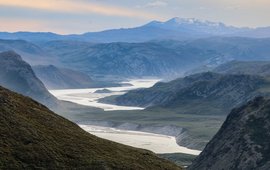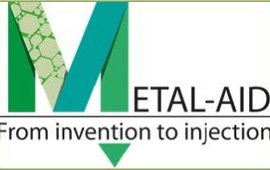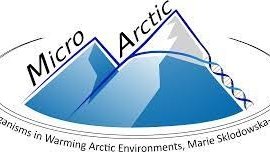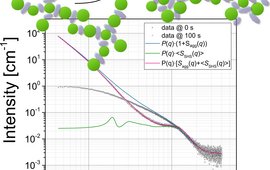Iron Minerals and their Impact on Nutrient Cycling and Contaminant Dynamics
Our current research is mainly focused on the formation and/or transformation of Fe-bearing minerals and how these reactions affect the availability of nutrients (e.g., Corg, P, Si) and mobility of contaminants (e.g., As, Cr, Pb, Se) in natural and engineered environments.


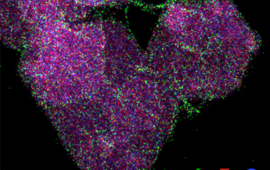
![[Translate to English:] Snow and ice algae in Greenland (dark zone)](/fileadmin/_processed_/b/d/csm_snow_ice_algaeGr22DarkZone_2061fcd2f5.jpeg)
![[Translate to English:] Struvite crystal under crossed polarized light](/fileadmin/_processed_/e/a/csm_Struvite_crystal_under_crossed_polarized_light_84ecb90ff1.jpeg)

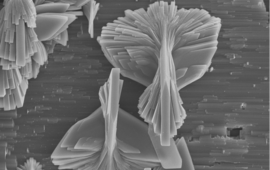
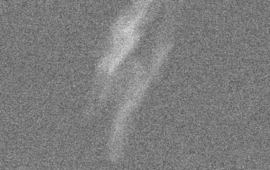
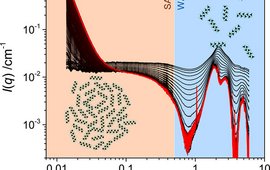
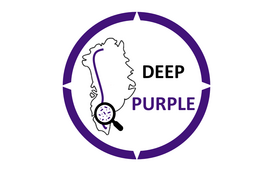

![[Translate to English:] ETEX logo](/fileadmin/_processed_/6/f/csm_etex_c8fbdb6fa2.png)
![[Translate to English:] ICEBIO logo](/fileadmin/_processed_/6/e/csm_ICEBIO_3ca0078542.png)
![[Translate to English:] Humboldt-Forschungsstipendium](/fileadmin/_processed_/a/6/csm_Humboldt-Forschungsstipendium_aa54ca2d77.jpeg)
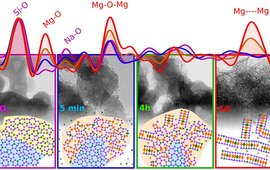
![[Translate to English:] Black and Bloom logo](/fileadmin/_processed_/1/9/csm_Black_and_bloom_232d1ea672.png)
